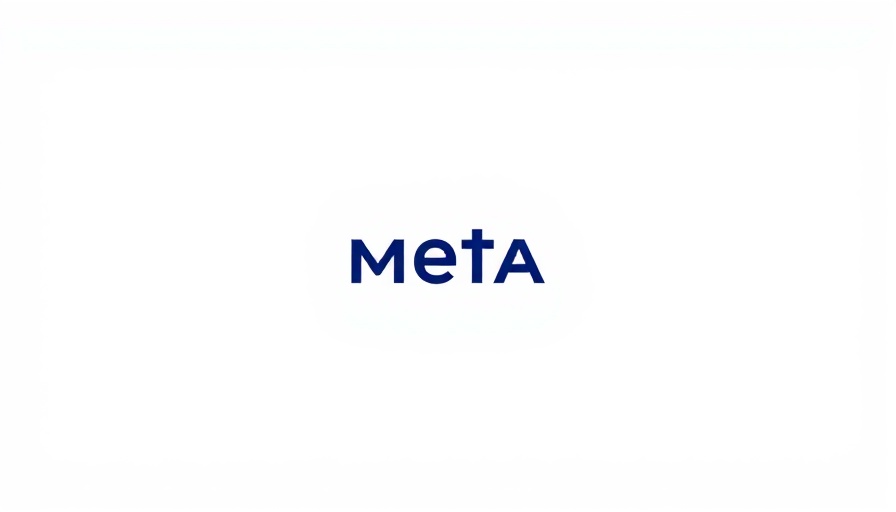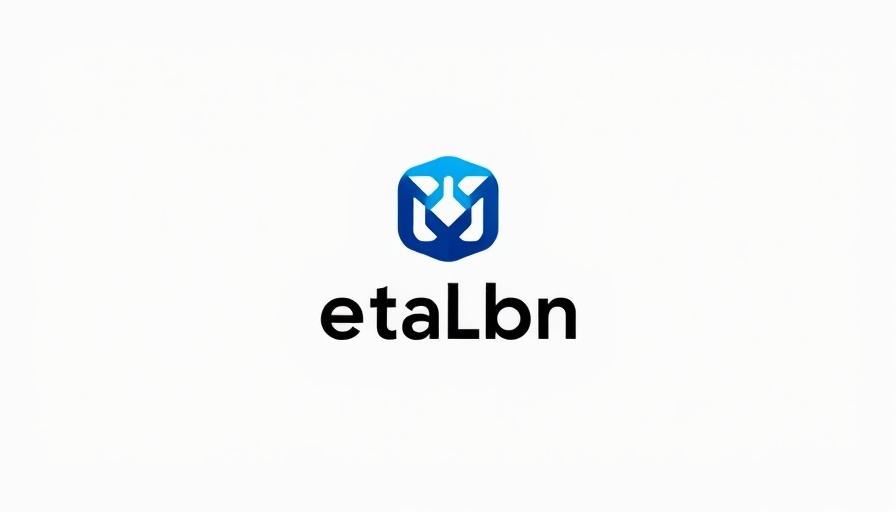
Meta's Enhanced Brand Safety: A New Assurance for Advertisers
Meta's recent achievement of re-accreditation by the Media Ratings Council (MRC) marks a significant step forward for advertisers on Facebook and Instagram. This accreditation signifies that Meta’s systems for measuring ad performance and ensuring brand safety have met the rigorous standards set by most industry experts. For business owners, especially those concerned about the integrity of their advertising platforms, this re-accreditation is an important reassurance.
The Role of the MRC in Ad Verification
The MRC's role extends beyond just rubber-stamping Meta's operations. By conducting thorough audits, the Council ensures that every measurement process meets necessary quality benchmarks. This independent verification is pivotal, as it provides a layer of credibility that often can't be found elsewhere. Given the prevalence of false advertising claims and the increasing scrutiny of online platforms, such validation offers advertisers a measure of trust that is increasingly scarce in today’s digital marketplace.
What This Means for Business Owners
For small business owners and consultants looking to scale their brands through effective online advertising, these certifications extract some uncertainty from their marketing strategies. Knowing that their ads are being placed in a secure environment helps businesses allocate budgets with more confidence, potentially leading to better ROI on their marketing expenditures.
Brand Safety Challenges with Misinformation
One critical note from the MRC's review is its stance on misinformation. The Council has opted to exclude this from its accreditation process for now, indicating ongoing reviews to assess how Community Notes will impact the prevalence of misinformation on Meta's platforms. For advertisers, this presents a challenge: even as they click the green light on ad safety certifications, the underlying issue of misinformation lingers, which could potentially harm their brand image.
Industry Re-Certifications and Their Implications
Meta has also received brand safety re-certification from the Trustworthy Accountability Group (TAG) for the sixth consecutive year. This, along with the new contextual category reporting from Integral Ad Science, highlights a broader industry trend toward heightened accountability in advertising. For businesses engaged in digital marketing, these certifications offer dual reassurance: both in metrics used to measure campaign success and the environmental context in which ads appear.
Future Trends in Digital Advertising
As more social platforms shift toward increasing user engagement through freed-up content policies, the landscape of digital advertising is bound to evolve. Advertisers may soon have to modify strategies to navigate a more complex environment that doesn't just value brand safety but integrates consumer sentiments and user feedback in real-time. Business owners looking ahead must monitor these trends closely to adapt their strategies accordingly.
Steps to Utilize This Information for Growth
Understanding how these certifications can work for you is crucial. Here are actionable steps to harness this new information:
- Audit Your Advertising Practices: Align your marketing strategies with platforms that hold these certifications to maximize brand safety.
- Communicate Value: Use the MRC and TAG certifications as key marketing tools to reinforce your brand’s commitment to quality.
- Stay Informed: Keep an eye on developments regarding misinformation and how they may impact your brand reputation.
Your Action Plan for Ad Growth Strategy
In light of these insights, now is the time to reassess your advertising strategies. By understanding the importance of brand safety and integrating these certifications into your marketing pitches, you can enhance trustworthiness with your clients and make better-informed advertising decisions. Prioritize this information and leverage it to stay ahead in a competitive marketplace.
As you consider your strategies moving forward, remember the importance of balancing brand integrity with effective advertising practices. Only by maintaining high standards in ad placements can businesses hope to achieve lasting growth in an evolving digital landscape.
 Add Row
Add Row  Add
Add 




Write A Comment